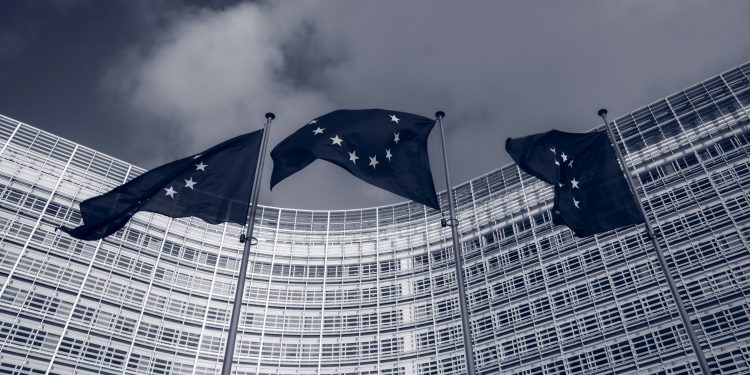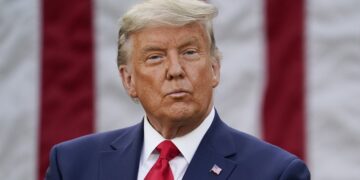The United States and European Union have reached a pivotal trade agreement imposing a 15% import tariff on most EU goods—half the initially threatened rate—effectively preventing a larger trade conflict between the world’s two largest economies. Announced at President Donald Trump’s Scottish golf course following intense negotiations, the deal marks a significant de-escalation after months of tension that threatened nearly a third of global trade.
“This is the biggest deal ever made,” Trump declared, highlighting the EU’s commitment to invest approximately $600 billion in U.S. energy and military equipment purchases. European Commission President Ursula von der Leyen praised the agreement as bringing “stability and predictability,” though she acknowledged the 15% across-the-board tariff was “the best we could get” after facing what she called Trump’s tough negotiation tactics.
The Key Details of the US-EU Trade Agreement
The framework mirrors recent U.S. accords with Japan but leaves critical sectors like spirits tariffs unresolved. Notably, the deal includes $750 billion in promised EU purchases of U.S. energy exports, hundreds of billions in anticipated European arms procurement from American manufacturers, exemptions for aircraft, pharmaceuticals, and critical raw materials and a maintained 50% tariff on EU steel and aluminum, with potential future quota discussions

Major European corporations like Airbus, Mercedes-Benz, and Novo Nordisk stand to benefit if terms hold, while German automakers—previously burdened by 27.5% U.S. tariffs—avoid further escalation. However, EU lawmakers like trade committee head Bernd Lange criticize the terms as imbalanced, arguing Europe’s substantial U.S. investments may come at the bloc’s own economic expense.
Economic Implications and Market Reactions
Financial markets responded positively, with the euro gaining 0.2% against major currencies post-announcement. Yet analysts caution this remains a political agreement rather than a detailed trade pact. “The risk of divergent interpretations persists,” noted Carsten Nickel of Teneo, referencing similar ambiguities in the recent U.S.-Japan deal.
The agreement serves as a strategic victory for Trump’s “America First” agenda, following framework deals with Britain, Japan, and Southeast Asian nations. It partially addresses his longstanding grievances over the $235 billion U.S. merchandise trade deficit with the EU, though Brussels emphasizes America’s services surplus mitigates the imbalance.
The deal allows Trump to impose higher tariffs if EU investment pledges falter. This comes weeks after Trump’s July 12 threat of 30% EU tariffs, which prompted Brussels to prepare €93 billion in countermeasures.
Why It Matters
While it averted the immediate economic warfare, the agreement also showed the enduring tensions in U.S.-EU trade relations. Trump’s assertion that tariffs have generated “hundreds of billions” for America contrasts with economists’ inflation warnings. For EU leaders, the deal represents a pragmatic compromise—one that German Chancellor Friedrich Merz welcomed as vital for protecting Europe’s export-driven industries.

















